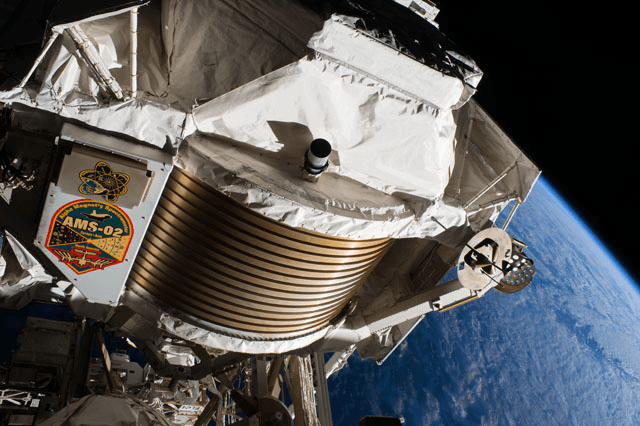Station Science Top News: March 24, 2023
Researchers report good agreement in the global emissivity data (GED) collected by ASTER and ECOSTRESS, with the largest differences over arid regions covered by desert and bare soil. Land surface emissivity is an indicator of the amount of radiation or heat emitted at certain wavelengths. The data provide insight into carbon exchange, agricultural water consumption, health of various ecosystems, drought status, and climate change.
The high spatial-resolution thermal measurements that ECOSTRESS takes of Earth’s surface help answer questions related to water stress in plants and how regions may respond to changes in climate. Researchers compared observations from ECOSTRESS and ASTER, part of NASA's Earth Observing System, to gauge how well the devices work. They suggest improving ECOSTRESS’s gridded emissivity and enhancing its consistency with ASTER GED to improve data quality.
***
Researchers report that in its first 11 years, the station’s Alpha Magnetic Spectrometer – 02 (AMS-02) has collected more than 200 billion events or detections of cosmic ray particles. These data provide detailed and novel insights into the composition of cosmic rays, advancing our understanding of their origin. Cosmic rays can be harmful to human health, and understanding where they come from and how they move through space can improve the safety of future crewed missions.
Dark matter makes up a large portion of our universe and its gravitational presence is clearly observed, but physical evidence of dark matter has yet to be found. AMS-02 detects cosmic particles that can provide evidence of this material. Improvements to the spectrometer in early 2020 extend its operations through 2030, which allows it to collect data through almost two full solar magnetic field cycles of 11 years each.
Read more here.

Members of the ISS Program research communications team supported two outreach events this week, the National Afterschool Association (NAA) annual conference in Orlando, Florida and the National Science Teaching Association (NSTA) conference in Atlanta, distributing information about science on the space station, related educational opportunities, and NASA STEM activities.







